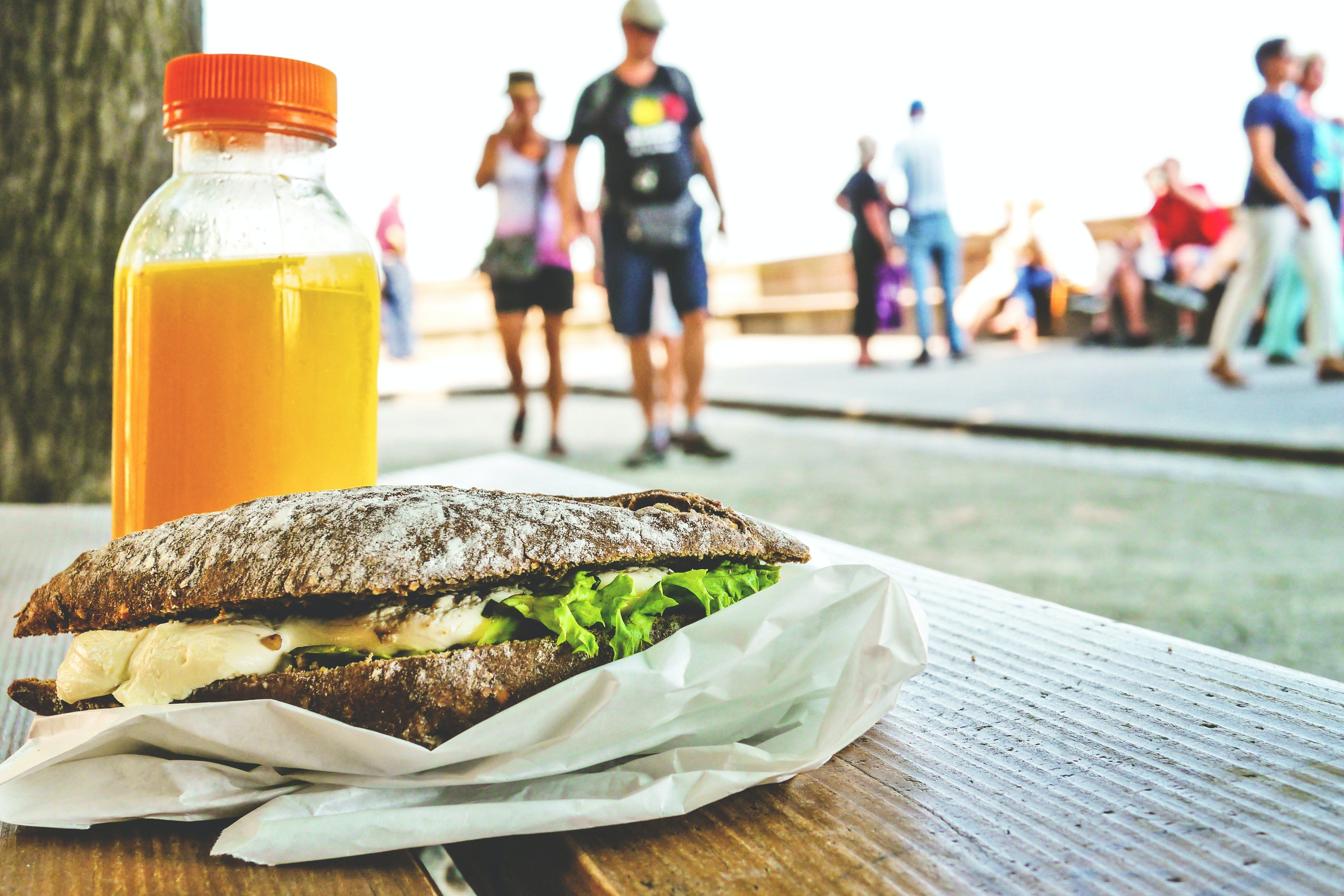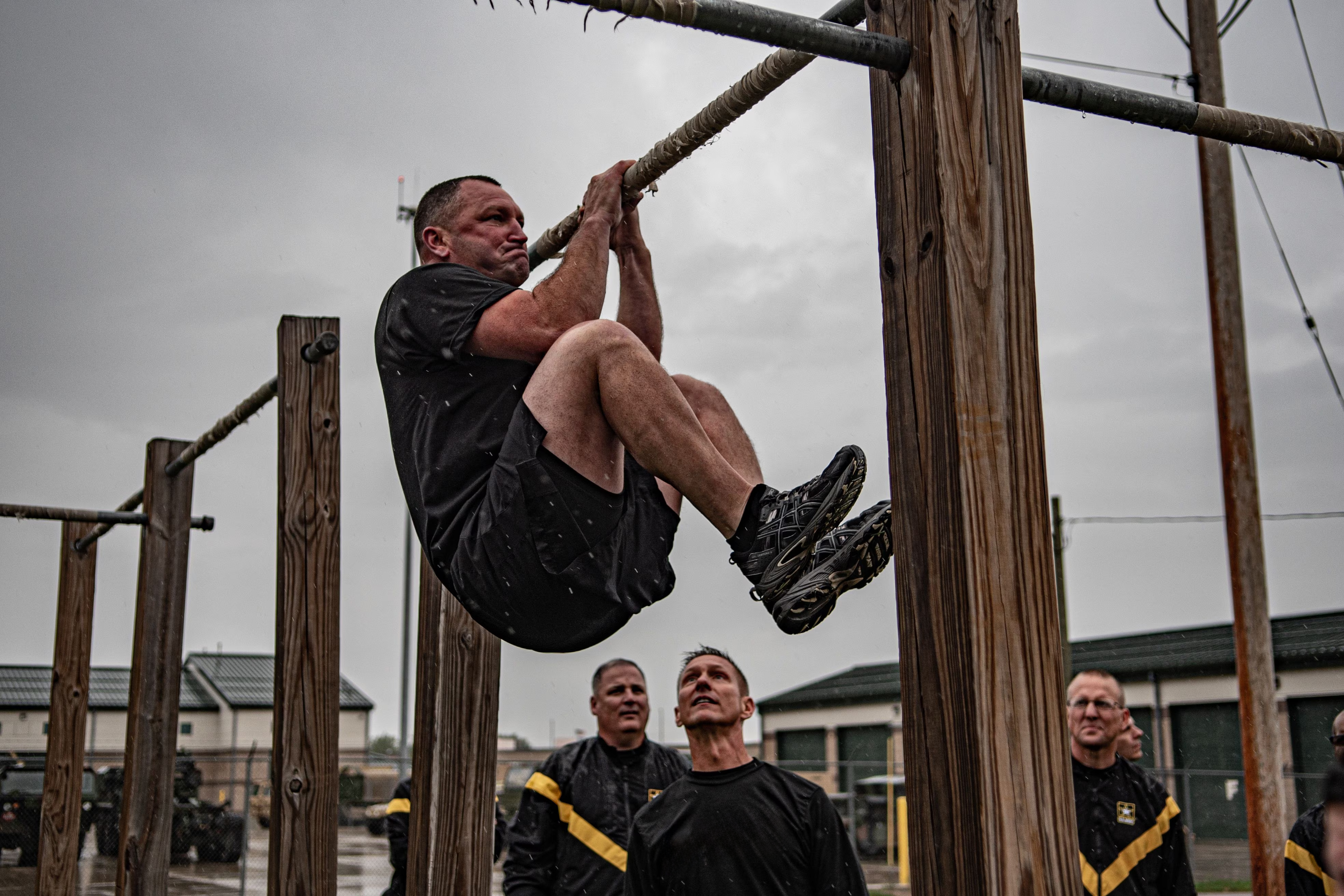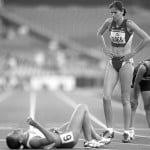Training Levels and the Immune System
Athletes are among the healthiest in any population, but training and recovery play a huge role in their susceptibility to infection. At low levels of exertion (e.g. walking), your body increases its natural killer cells (infection fighters), and with more intense exercise there is a more robust response. Stress from training stimulates an immune response in tissues. Moderate to strenuous stress allows the body to rebuild itself, but there is a tipping point.
This theory is one of infection risk: as you exercise, immunosurveillance (positive immunity) goes up and chance of infection goes down. To give a brief introduction, the immune system is a complex and vital mechanism made up of cells and organs designed to protect the body from germs and microorganisms that cause infections. For a detailed understanding of its functions, take a look at Ohio State University Wexner Medical Center’s The Immune System.
The response of the immune system changes negatively at a certain point of exercise workload and training levels, known as over-training. Over-training occurs after 3 hours of high-intensity, heavy exertion exercise. At this point the infection risk factors switch, yielding a negative response for several hours in which your body is not only less protected from infection but actually more vulnerable than if you had not exercised at all. This “open window” for infection impacts athletes who train multiple hours each day, leaving them susceptible to sickness despite their high level of fitness. The chart below is derived from Dr. Hilde Nielsen's Exercise and Immunity displaying a J-Curve that represents the risk of infection in relation to training levels and exercise workload.

Athletes are commonly pushed to exercise at over-training levels. Adequate recovery is necessary during these periods, as chronic over-training can permanently alter the immune system, weakening its resistance to pathogens. During times of longer, high-intensity training, it is important to focus on the non-training factors that directly influence and improve health. These include: a well balanced diet, adequate sleep, stable body weight, and low mental stress.
Remember, exercising daily for moderate amounts of time helps boost the immune system's ability to fight against infection and diseases. The risk of infection increases during times of over-training, and during these periods it is important to focus on non-training factors to help maintain health.
Want to learn more about the immune system? Check out this post on how to use food sources to boost your health.
- Nieman DC. Risk of upper respiratory tract infection in athletes: an epidemiologic and immunologic perspective. Journal of Athletic Training. 1997;32(4):344-9.
- Hilde Grindvik Nielsen (2013). Exercise and Immunity, Current Issues in Sports and Exercise Medicine, Associate Prof. Michael Hamlin (Ed.), ISBN: 978-953-51-1031-6, InTech, DOI: 10.5772/54681. Available from: http://www.intechopen.com/books/current-issues-in-sports-and-exercise-medicine/exercise-and-immunity
- http://medicalcenter.osu.edu/patientcare/healthcare_services/infectious_diseases/immunesystem/Pages/index.aspx
- http://www.rice.edu/~jenky/sports/fatigue.html
Related Posts

Supplement Safety with Tactical...
Dietary supplements seem like the "magic pill" a tactical operator needs to perform better,...

Eating Healthy on the Go: Tips for Busy...
It's no secret that tactical professionals have weird schedules. So why do health professionals...

Post-Training Nutrition for Tactical...
Eating after a workout can be a challenge for tactical professionals. Having grab-and-go fuel...



